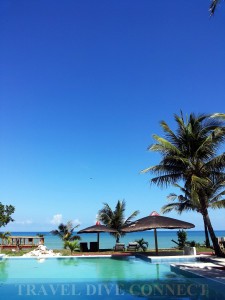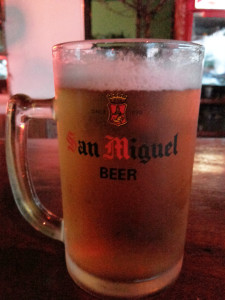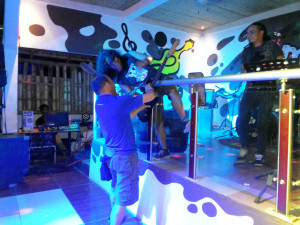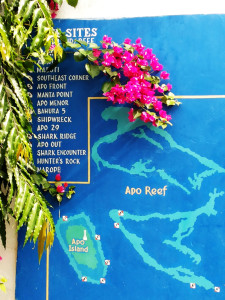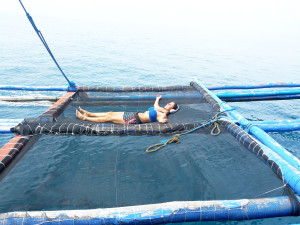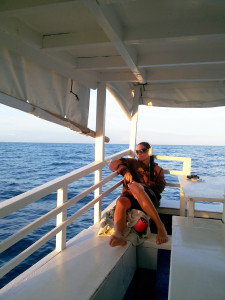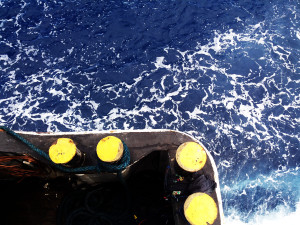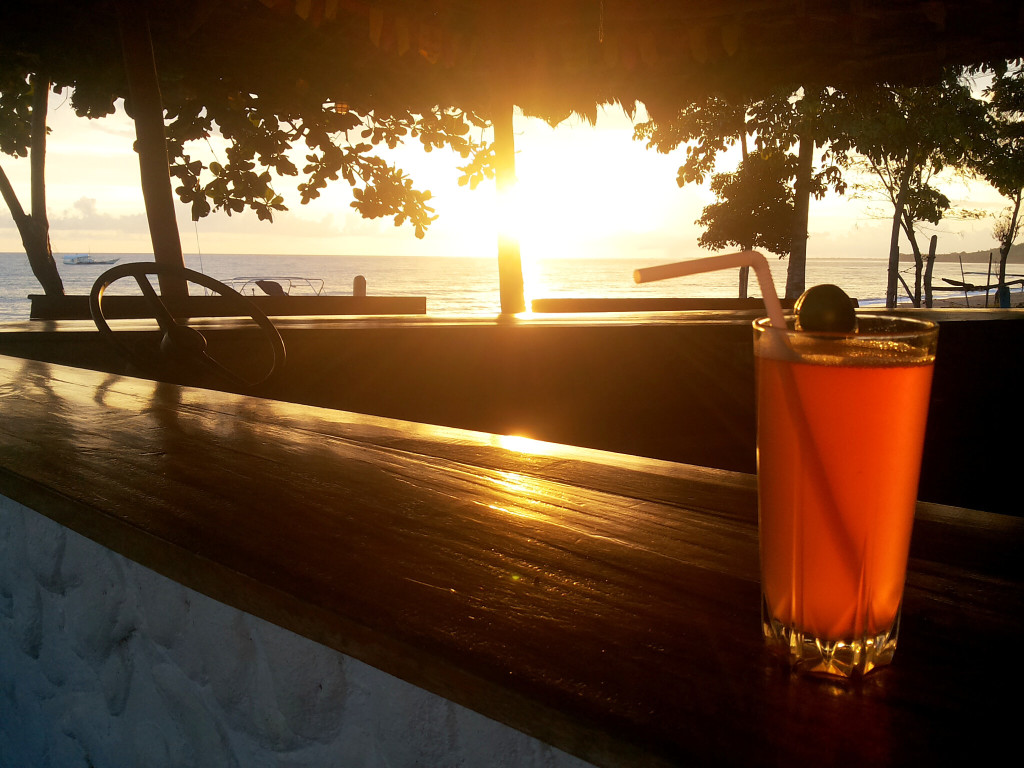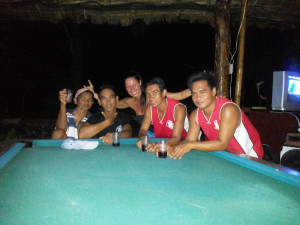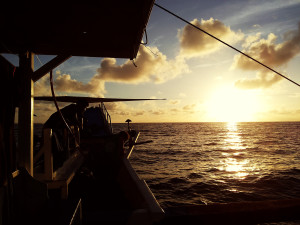
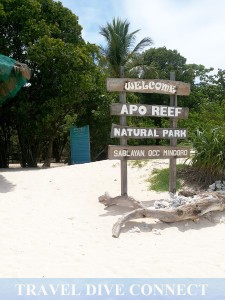 Apo (pronounced with a long ‘a’ and a long ‘o’) is a word of respect. It is bequeathed only onto the best in historical Philippines, and even today within communities that retain some of its local traditions. It is an ancient word; as old as mountains and as sacred as oceans.
Apo (pronounced with a long ‘a’ and a long ‘o’) is a word of respect. It is bequeathed only onto the best in historical Philippines, and even today within communities that retain some of its local traditions. It is an ancient word; as old as mountains and as sacred as oceans.
Apo Reef is the largest contiguous coral reef system in the Philippines and the second largest in the world, right next to the Great Barrier Reef in Australia. It is in Occidental Mindoro, within the jurisdiction of Sablayan. And, it is the unfortunate subject of a lack in direction and an uncompromised focus on conservation. Issues beset this Marine Natural Park, which have perhaps held back its stature as a diving destination comparable to Tubbataha Reef, Palawan.
And maybe this is a sign of disrespect, undeserved by a marine gem such as Apo Reef. There is so much potential in the reef, as well as the rest of Occidental Mindoro.
The Reef, On Paper
It was only in 1996 when Apo Reef was recognized as a Protected Area and National Park. This was through Former President Fidel Ramos’ Presidential Proclamation No. 868, which also created the Apo Reef Natural Park (ARNP) and its protected buffer zone. The protected area spanned more than 27 thousand hectares.
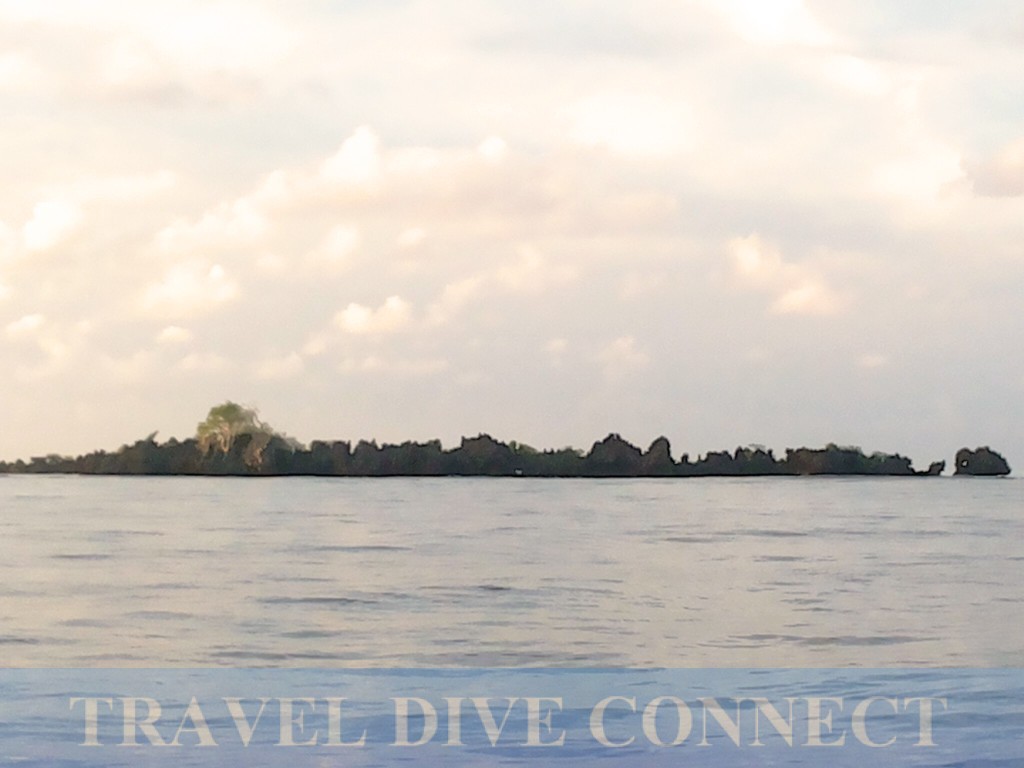
It was only a Marine Park in 1980 through Former President Ferdinand Marcos’ Presidential Proclamation No. 1801, which also assigned the reef’s development and management to the Philippine Tourism Authority (PTA). This was followed up in 1983 with its declaration as a marine reserve and tourist zone through Sablayan’s Sangguniang Bayan Resolution No. 1108.
In 1989, it was one of the subjects of a Haribon Foundation study, funded by the Worldwide Fund for Nature-US, which mapped potential integrated protected area sites in the Philippines. This helped enact the 1992 Republic Act 7586 establishing the National Integrated Protected Areas System (NIPAS), and its rules and regulations.
The latest recognition for Apo Reef was its inclusion in the Enhanced National Integrated Protected Areas System (ENIPAS) Act or Senate Bill No 2712, which already passed its third reading. When signed into law, ENIPAS would fortify the regulations that protect the reef.
On paper, all looks good for Apo Reef. It should be on top of its class, leading must-see Philippine dive destinations, along with Tubbataha Reef, and placing Occidental Mindoro on the tourist trail.
Apo Reef and Occidental Mindoro, 2015
I saw Apo Reef and a couple of the province’s tourist sites towards the end of the reef’s 2015 dive season. The habagat (southwest monsoon) was setting in. It would soon be risky to do the 3-hour boat ride to the reef from mainland Occidental Mindoro.
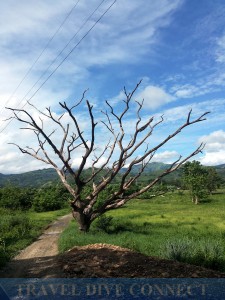
The province’s landscape was stunning. The main road wove through mountains, rice fields and the ocean. Except for town centers, such as San Jose, it was a splattering of green, blue and beautiful.
Mt. Halcon, popular among Manila’s mountaineers, seemed eclipsed by Mt. Iglit-Baco. The mountain was home to the tamaraws, an endemic buffalo species. It was said that only 300 tamaraws were left, although no formal count had been done.
The rains kept me away from Mt. Iglit-Baco, which was just in the backyard of my base in Calintaan, the Apo Reef Club (ARC). Fortunately, ARC’s Michael Roos took the time to take his guests to the Tamaraw Conservation Center, a DENR-operated 100plus-hectare rescue center two hours away from the resort. The road to the center was undeveloped in a few locations; and there were no direction signs to guide non-locals.
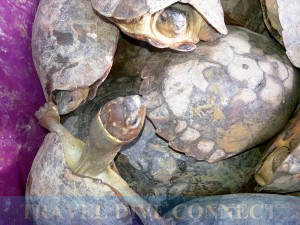
There, we witnessed the turnover of rescued turtles from Palawan. Within the center’s hectares of land, more than a hundred turtles were placed in a fenced pond no bigger than the circumference of a car.
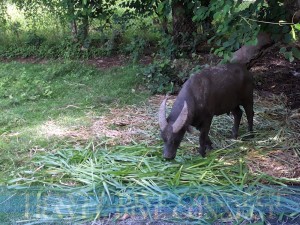
Only one tamaraw was housed in the center. Kali was born in captivity, and was 16 years old. He had been domesticated by his caretaker, and responded to his calls.
The visit to the tamaraw center left me feeling underwhelmed. It was such a big and beautiful place. It was also immensely underutilized. Certainly, there was more land available for the turtles. And, surely, there was room for development. I could imagine the center as a true rescue sanctuary and must-see Occidental Mindoro destination.
We set out for a night in Apo Reef when the weather finally permitted. Our six dives revealed why the reef was a marine gem, and why there was a need for further protection and better management.
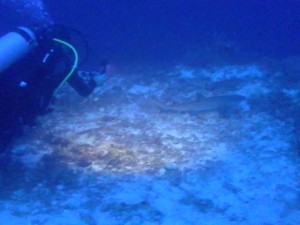
Sharks, turtles and rays abound. This was my first time to encounter mobula rays. Sharks were present during four dives. Turtles appeared so often that I lost count.
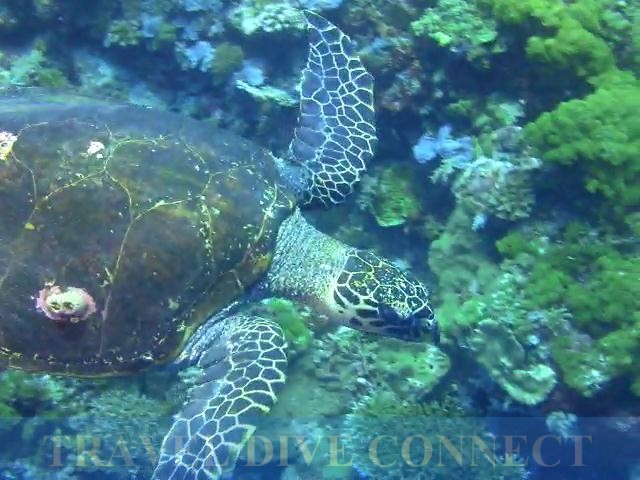
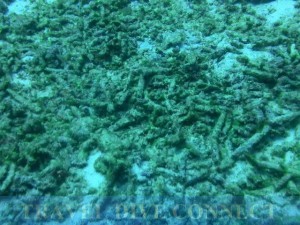
The dives also showed Apo Reef’s history of destructive fishing practices. Dive sites near the edge of the reef showed scars from dynamite and cyanide fishing. Dive site Bahura, in particular, had dead areas and coral growth split open by dynamite.
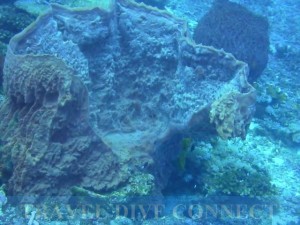
And even as it enjoyed its marine protected area status, there were clues to continued illegal practices. During my night in the middle of the reef, I saw bursts of light – perhaps explosives – just a few meters away. This was confirmed by one of the park’s personnel when we visited Apo Island the next day. He said that these were done outside their jurisdiction, even when they didn’t seem that far.
Apo Island was likewise a mess, a beautiful mess. There were abandoned structures, rumored to have been commissioned by former President Gloria Arroyo, an avid diver. There was also the foundation for a helipad on a beach frequently visited by nesting turtles. This was a national park and protected area, and not a Boracay wannabe, right?
Awaking the Apo
There are a few developments that give me hope. Blue Water, a team of pro-conservation eco-tourism professionals, is said to be working with Sablayan Tourism. Likewise, the Philippine Commission on Sports SCUBA Diving, along with the Tubbataha Management Office PASu Angelique Songco, have stepped in to help with management and maintenance issues of the national park.
Maybe, this is the time for the Apo to awaken… and it’s about time.
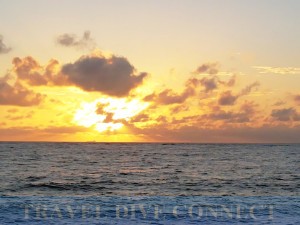
The province has so much potential. And it is home to Apo Reef, by far the most amazing dive experience I’ve had.
References:
World Heritage Convention, United Nations Educational, Scientific and Cultural Organization http://whc.unesco.org/en/tentativelists/5033/
Apo Reef Natural Park, official website http://aporeefnp.com/

